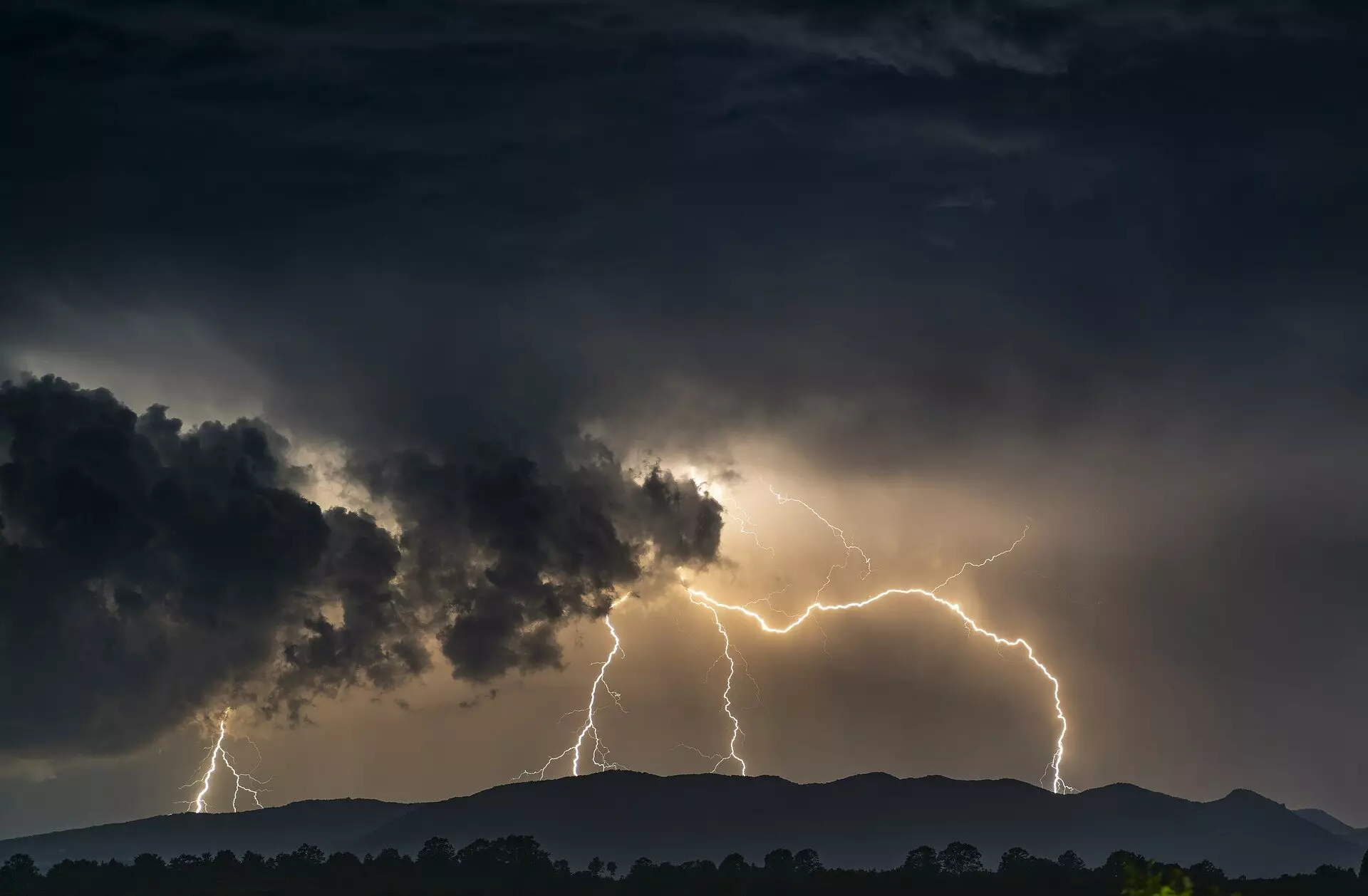For over three decades, the state of California has been grappling with a significant environmental challenge: a dramatic increase in erosion following major wildfires. A recent study by the U.S. Geological Survey (USGS) sheds light on this escalating issue, revealing a staggering tenfold rise in hillside erosion from the late 1980s through the 2010s. This trend poses a dangerous threat to California’s water resources and ecosystems—a reality poised to worsen under the specter of climate change.
The intensity and frequency of wildfires have been escalating in California, and recent data shows that the majority of the most substantial sediment-producing fires occurred within the last ten years. This situation creates a multitude of concerns: when post-fire heavy rains hit the scorched hillsides, the resultant debris flows can obstruct rivers and streams, which is particularly detrimental to fish populations that rely on oxygenated water.
The problems stemming from increased erosion are not negligible. Sediment runoff has significant implications for the state’s reservoirs—an essential component of California’s water management system. Such runoff not only occupies vital storage space but weakens flood control structures and poses serious risks of flash flooding to nearby communities. In Northern California, the effects of this erosion rise starkly, as noted by Helen Dow, a research geologist with USGS. According to Dow, the evidence of sediment increase is palpably pronounced as California transitions through weather cycles, revealing the scale of the challenge at hand.
Various types of ecosystems rely heavily on the health of California’s waterways. However, the degradation of river systems due to erosion and debris flows threatens these interconnected niches, leading to devastating consequences for species such as salmon and countless other aquatic organisms. Glen Martin of the California Water Impact Network underscores a crucial point: California’s water supply systems are already strained and on the brink, and the amplification of catastrophic wildfires only exacerbates these vulnerabilities.
The findings of the USGS could not be more timely, coinciding as they do with a broader understanding that climate change is not merely a future crisis, but a present-day reality that is reshaping California’s environmental landscape. With rising temperatures and shifting precipitation patterns, the frequency and intensity of extreme weather events—what some experts term “weather whiplash”—are increasing. This not only increases the size and intensity of wildfires but also results in sporadic and severe rainstorms that can compound erosion issues exponentially.
According to the USGS study published in the Journal of Geophysical Research, a significant 57% of the erosion recorded took place upstream of the state’s reservoirs—an alarming statistic that highlights the potential for persistent and increased sedimentation which threatens water security. The overall findings paint a grim picture: as climate change progresses, so too does the pressure on California’s water resources.
The authors of the USGS paper advocate for comprehensive mitigation efforts, proposing a dual approach of increased fuel control and strategic forest management to counteract the destructive cycle of wildfire and erosion. Potential strategies might include prescribed burns and mechanical thinning to prevent wildfires from causing catastrophic levels of soil erosion.
Yet the task of implementing such strategies is formidable. Martin emphasizes the need for significant investment, public will, and a committed approach to land management if California hopes to combat the deleterious effects of post-fire erosion effectively. The scars of past disasters—recalling incidents such as the tragic mudslides in Montecito following the 2018 Thomas fire—serve as haunting reminders of the stakes involved in this crisis.
Looking ahead, the research from the USGS illuminates not just a problem but beckons a clarion call for policy and ecological reform. The landscape of California is changing, and the local ecosystems intertwined with its waterways necessitate urgent attention. Martin articulates a vision where enhanced land conservation and proactive forest management become not merely aspirational goals but urgent necessities.
In a state already facing multiple water crisis factors, tackling the fallout from post-fire erosion is no simple matter, but a complex interplay of natural forces and human response. For every ounce of sediment that flows into rivers and obscures waterways, there lies a corresponding need for actionable solutions to safeguard California’s environmental future. This challenge calls for innovation, collaboration, and, ultimately, a commitment to long-term stewardship of the land and resources that define California. Without concerted efforts, the trajectory from crisis to catastrophe could become all too real.

